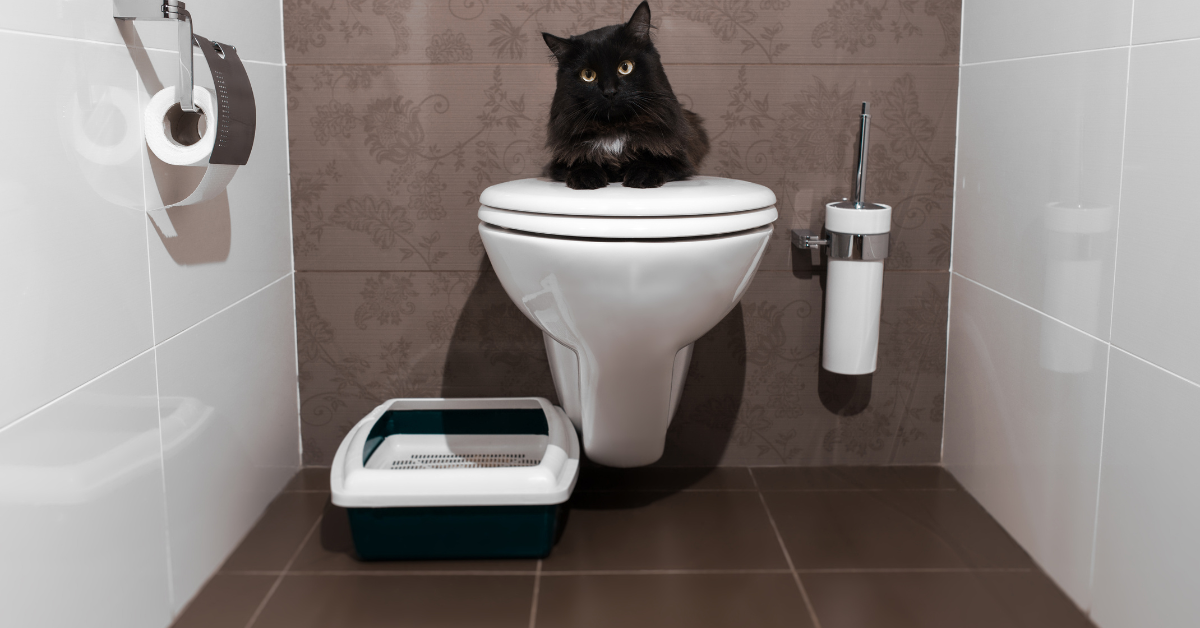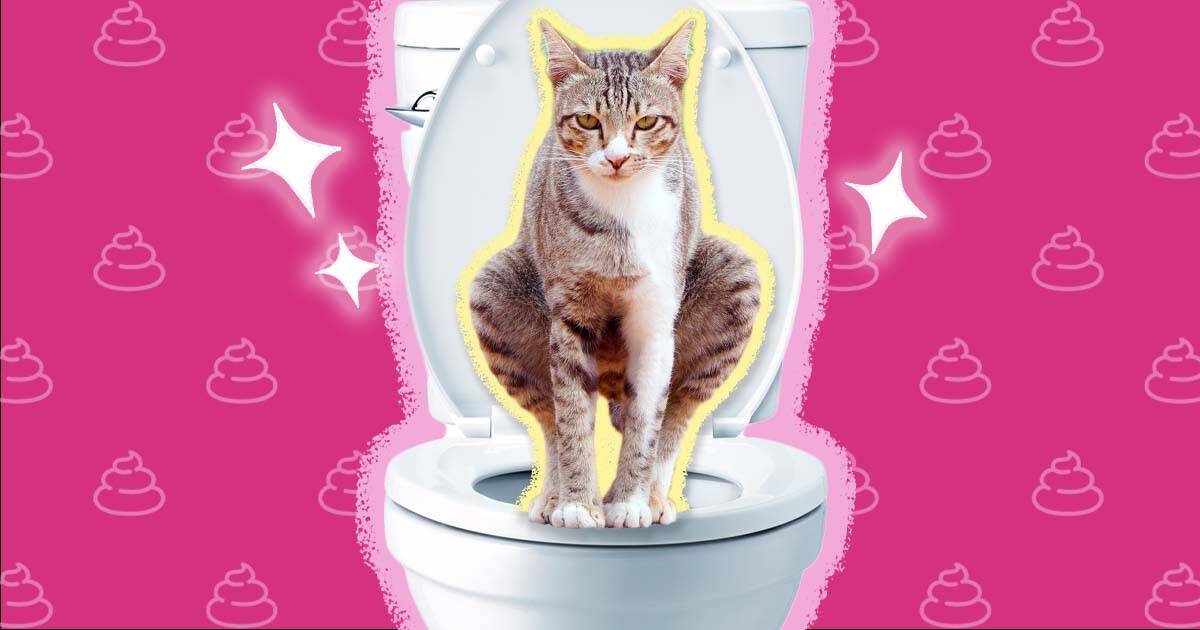Why Flushing Cat Poop Down Your Toilet Isn't a Good Idea - Advice for Safer Disposal
Why Flushing Cat Poop Down Your Toilet Isn't a Good Idea - Advice for Safer Disposal
Blog Article
Listed here down the page you might get a bunch of amazing advice in relation to How to Dispose of Cat Poop and Litter Without Plastic Bags.

Intro
As cat owners, it's necessary to be mindful of exactly how we take care of our feline close friends' waste. While it may appear convenient to flush pet cat poop down the commode, this practice can have damaging effects for both the environment and human wellness.
Alternatives to Flushing
Thankfully, there are much safer and extra liable ways to get rid of feline poop. Take into consideration the complying with alternatives:
1. Scoop and Dispose in Trash
One of the most typical approach of throwing away cat poop is to scoop it right into a biodegradable bag and toss it in the trash. Be sure to utilize a dedicated trash inside story and deal with the waste without delay.
2. Usage Biodegradable Litter
Choose eco-friendly pet cat trash made from products such as corn or wheat. These clutters are environmentally friendly and can be securely dealt with in the trash.
3. Bury in the Yard
If you have a backyard, take into consideration hiding feline waste in a marked area far from vegetable gardens and water sources. Make certain to dig deep adequate to stop contamination of groundwater.
4. Mount a Pet Waste Disposal System
Invest in a family pet waste disposal system specifically created for feline waste. These systems utilize enzymes to break down the waste, minimizing smell and environmental impact.
Wellness Risks
In addition to environmental problems, purging feline waste can also present health and wellness threats to people. Pet cat feces might include Toxoplasma gondii, a bloodsucker that can trigger toxoplasmosis-- a potentially severe health problem, particularly for expectant women and people with damaged immune systems.
Environmental Impact
Purging feline poop introduces dangerous pathogens and bloodsuckers right into the water supply, positioning a substantial danger to aquatic communities. These contaminants can negatively impact marine life and compromise water top quality.
Verdict
Liable pet ownership expands beyond providing food and sanctuary-- it also includes correct waste administration. By avoiding flushing cat poop down the toilet and going with alternative disposal methods, we can minimize our environmental impact and shield human health and wellness.
Why Can’t I Flush Cat Poop?
It Spreads a Parasite
Cats are frequently infected with a parasite called toxoplasma gondii. The parasite causes an infection called toxoplasmosis. It is usually harmless to cats. The parasite only uses cat poop as a host for its eggs. Otherwise, the cat’s immune system usually keeps the infection at low enough levels to maintain its own health. But it does not stop the develop of eggs. These eggs are tiny and surprisingly tough. They may survive for a year before they begin to grow. But that’s the problem.
Our wastewater system is not designed to deal with toxoplasmosis eggs. Instead, most eggs will flush from your toilet into sewers and wastewater management plants. After the sewage is treated for many other harmful things in it, it is typically released into local rivers, lakes, or oceans. Here, the toxoplasmosis eggs can find new hosts, including starfish, crabs, otters, and many other wildlife. For many, this is a significant risk to their health. Toxoplasmosis can also end up infecting water sources that are important for agriculture, which means our deer, pigs, and sheep can get infected too.
Is There Risk to Humans?
There can be a risk to human life from flushing cat poop down the toilet. If you do so, the parasites from your cat’s poop can end up in shellfish, game animals, or livestock. If this meat is then served raw or undercooked, the people who eat it can get sick.
In fact, according to the CDC, 40 million people in the United States are infected with toxoplasma gondii. They get it from exposure to infected seafood, or from some kind of cat poop contamination, like drinking from a stream that is contaminated or touching anything that has come into contact with cat poop. That includes just cleaning a cat litter box.
Most people who get infected with these parasites will not develop any symptoms. However, for pregnant women or for those with compromised immune systems, the parasite can cause severe health problems.
How to Handle Cat Poop
The best way to handle cat poop is actually to clean the box more often. The eggs that the parasite sheds will not become active until one to five days after the cat poops. That means that if you clean daily, you’re much less likely to come into direct contact with infectious eggs.
That said, always dispose of cat poop in the garbage and not down the toilet. Wash your hands before and after you clean the litter box, and bring the bag of poop right outside to your garbage bins.
https://trenchlesssolutionsusa.com/why-cant-i-flush-cat-poop/

We are very enthusiastic about How to Dispose of Cat Poop and Litter Without Plastic Bags and I hope you appreciated the new blog entry. Make sure you take the time to promote this article if you appreciated it. Many thanks for taking the time to read it.
Call Today Report this page